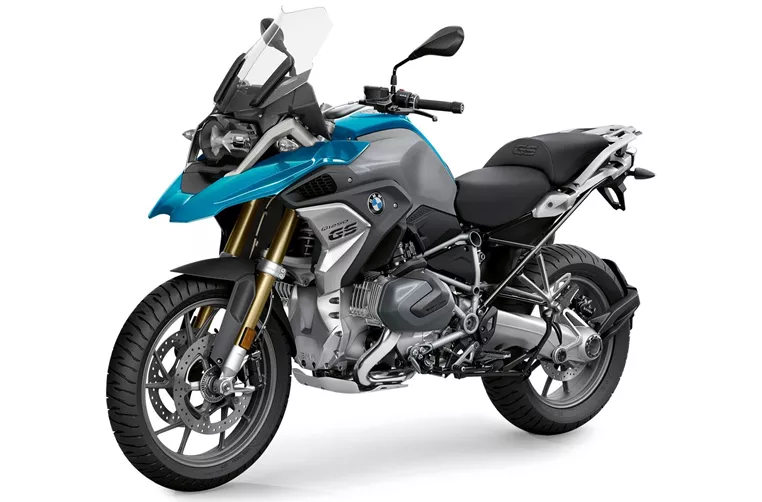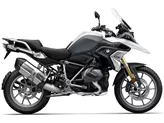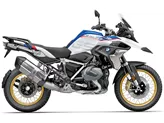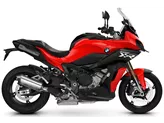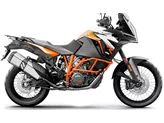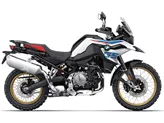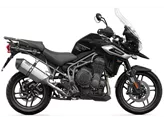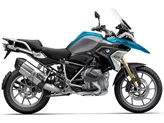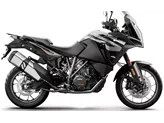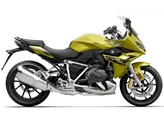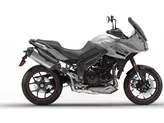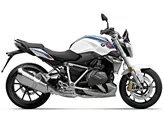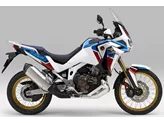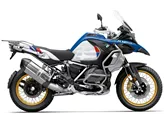BMW R 1250 GS 2020 vs. Suzuki V-Strom 1000 2015
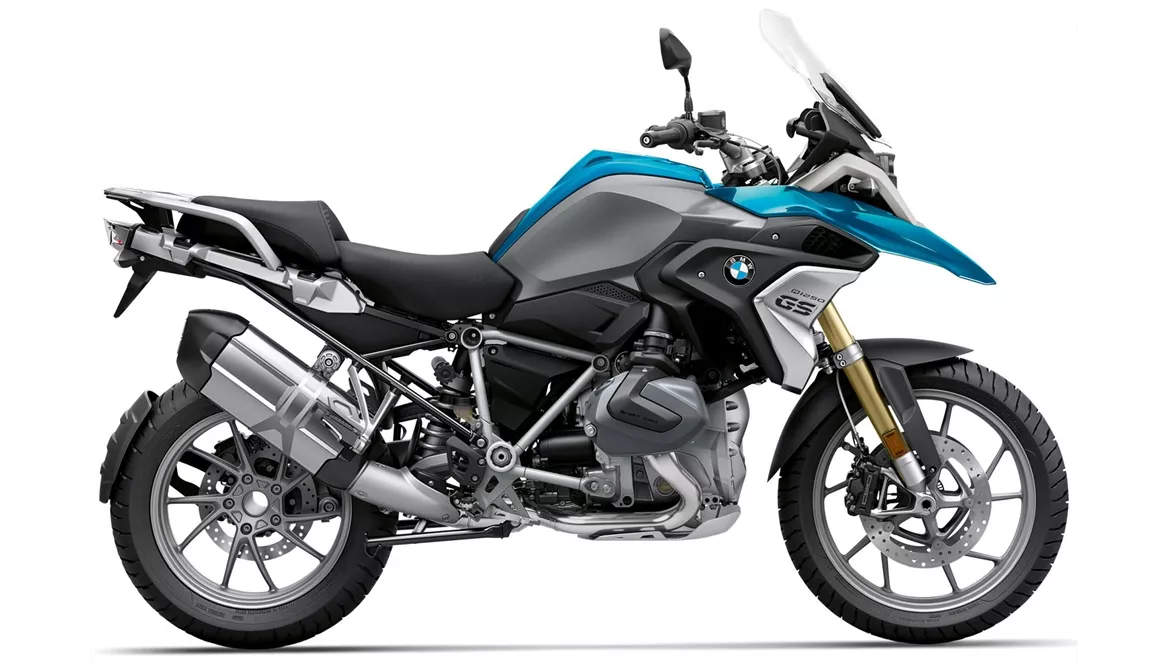
BMW R 1250 GS 2020

Suzuki V-Strom 1000 2015
Overview - BMW R 1250 GS 2020 vs Suzuki V-Strom 1000 2015
The BMW R 1250 GS 2020 and the Suzuki V-Strom 1000 2015 are both enduro motorcycles that offer a combination of on-road and off-road capabilities. While they have some similarities in terms of specifications, they also have distinct differences that set them apart.
In terms of engine performance, the BMW R 1250 GS 2020 is equipped with a high-torque boxer engine that delivers 136 HP and 143 Nm of torque. This engine provides excellent power and acceleration, making it suitable for various riding conditions. On the other hand, the Suzuki V-Strom 1000 2015 has a slightly less powerful engine, producing 100 HP and 103 Nm of torque. While it may not match the BMW in terms of power, the V-Strom still offers a strong and capable engine.
Both motorcycles have different transmission systems. The BMW R 1250 GS 2020 features a prop shaft transmission, which provides smooth and reliable power delivery. On the other hand, the Suzuki V-Strom 1000 2015 uses a chain transmission, which requires regular maintenance but offers a more direct power transfer.
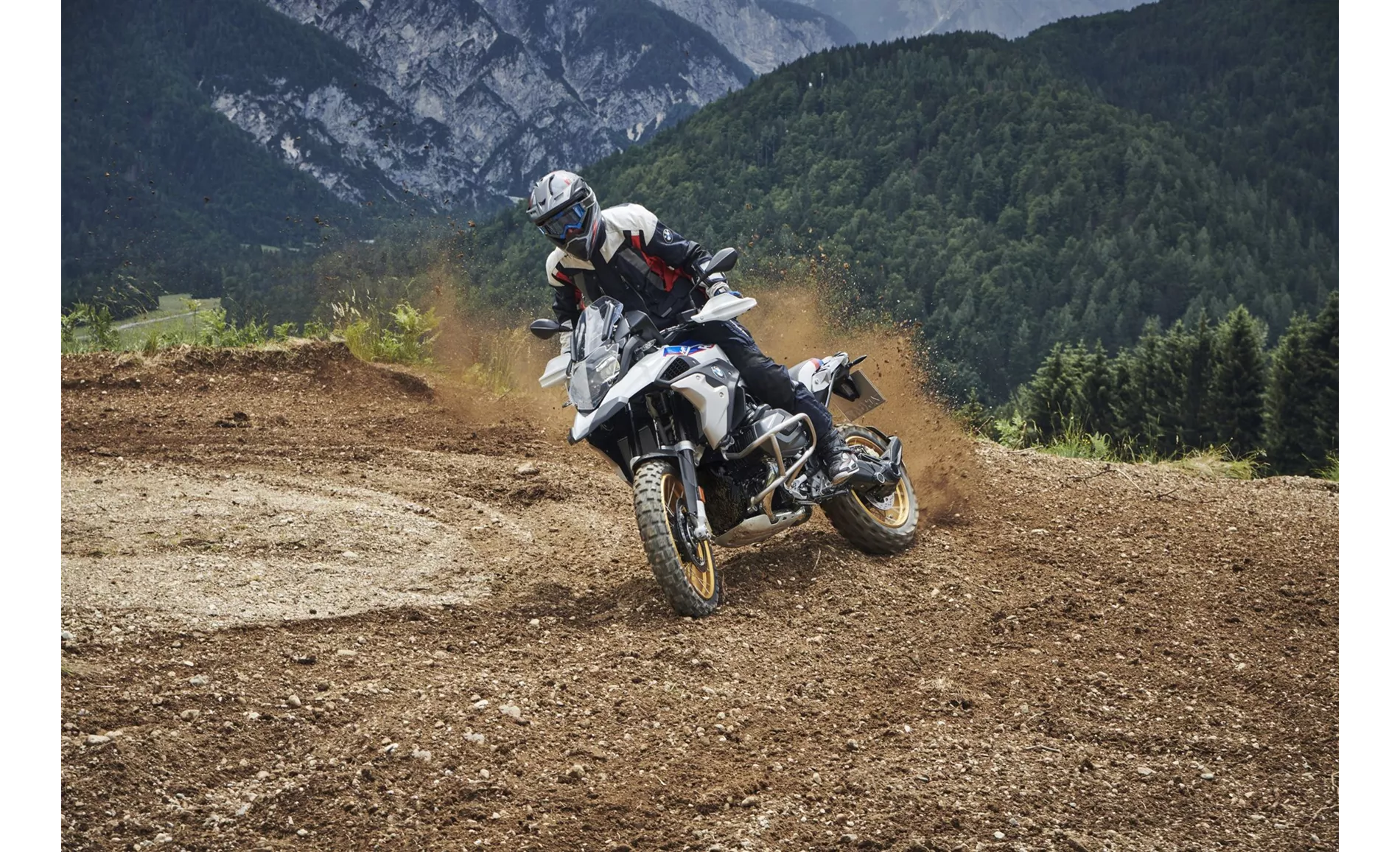
BMW R 1250 GS 2020
In terms of suspension, the BMW R 1250 GS 2020 is equipped with a Telelever front suspension and a monoshock rear suspension. This setup provides excellent stability and comfort, especially during long-distance rides. The Suzuki V-Strom 1000 2015 features an upside-down telescopic fork front suspension and a monoshock rear suspension, which also offer a good balance between comfort and performance.
When it comes to the chassis, the BMW R 1250 GS 2020 has a steel frame that is designed to be load-bearing, providing a solid and stable platform for the motorcycle. On the other hand, the Suzuki V-Strom 1000 2015 features an aluminum frame with a twin-spar design, which offers a lightweight and rigid structure.
In terms of rider assistance systems, the BMW R 1250 GS 2020 comes with advanced features such as ABS, anti-slipping control, riding modes, and ride by wire. These systems enhance safety and provide a customizable riding experience. The Suzuki V-Strom 1000 2015, on the other hand, only has traction control as a standard rider assistance system.
Both motorcycles have similar dimensions and weights, with 19-inch front tire diameter, 17-inch rear tire diameter, and a wheelbase of around 1500 mm. They also have a fuel tank capacity of 20 liters, which is suitable for long rides.

Suzuki V-Strom 1000 2015
In terms of strengths, the BMW R 1250 GS 2020 offers an extremely high-torque engine, comfortable seating position, stable braking performance, good weather protection, and modern features such as a color TFT display and LED headlights. The Suzuki V-Strom 1000 2015, on the other hand, has a powerful engine, traction control as standard, very good brakes, a taut yet comfortable chassis, and great touring capability with complete instrumentation.
However, both motorcycles also have their weaknesses. The BMW R 1250 GS 2020 has a manageable standard equipment and a long surcharge list, and some may find its appearance to be jagged with little elegance. The Suzuki V-Strom 1000 2015 has a windshield that creates turbulence on the head, an engine that runs out of breath in the upper rev range, and an arbitrary optics.
In summary, the BMW R 1250 GS 2020 and the Suzuki V-Strom 1000 2015 are both capable enduro motorcycles with their own strengths and weaknesses. The BMW offers a more powerful engine and advanced rider assistance systems, while the Suzuki provides a comfortable touring experience and good overall performance. Ultimately, the choice between the two will depend on the rider's preferences and priorities.
Technical Specifications BMW R 1250 GS 2020 compared to Suzuki V-Strom 1000 2015
Pros and Cons in comparison
Pros and Cons in comparison
BMW R 1250 GS 2020
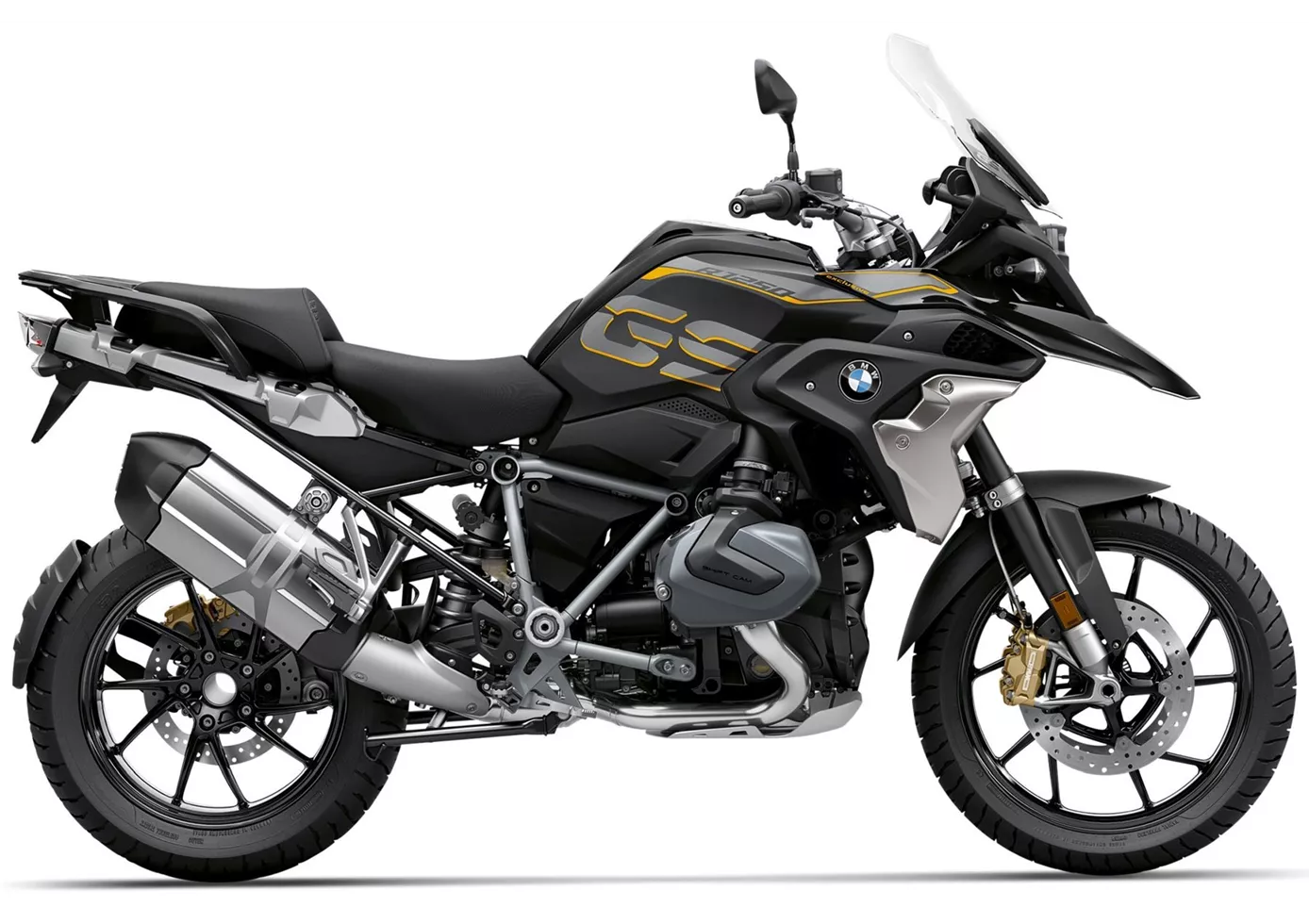
The BMW R 1250 GS is the logical further development of the R 1200 GS - logical above all because one should not expect such a popular motorbike to be radically changed. Accordingly, the design has been changed cautiously, and the familiar options for the chassis and electronics have been retained. The new name R 1250 GS, however, promises a new engine - and it really is something! 136 hp at 7750 rpm and a whopping 143 Newton metres of maximum torque at 6250 rpm are an absolute blast! BMW has thus renovated the big GS almost perfectly: it remains clearly recognisable, has a little more electronics as standard, a still long list of surcharges (which customers like to tick from A to Z) and a now even better and more sovereign power plant - what more could you want?!
Suzuki V-Strom 1000 2015

In the large enduro segment, the Suzuki V-Strom 1000 occupies the position of the cheapest offer, yet you don't have to do without anything - even traction control and ABS are included as standard. Excellent brakes, great comfort and a wonderfully powerful V-twin engine are ingredients that should please almost everyone. The fact that it doesn't play in the top league with 100 hp is made up for by the wonderful power delivery, which ensures a relaxed climate on long journeys. Only the wind protection is not optimal with the original windshield; one should invest in the affordable, somewhat larger windshield.
Price Comparison Avarage Market Price BMW R 1250 GS vs Suzuki V-Strom 1000
There are a few key differences between a BMW R 1250 GS 2020 and a Suzuki V-Strom 1000 2015. In terms of price, the actual average price of a BMW R 1250 GS 2020 is about 117% higher. A BMW R 1250 GS 2020 experiences a loss of 590 USD in one year of ownership. This is offset by a loss of 390 USD for a Suzuki V-Strom 1000 2015. Compared to Suzuki V-Strom 1000 2015 there are more BMW R 1250 GS 2020 bikes available on the 1000PS.de Marketplace, specifically 71 compared to 10. It takes less time to sell a BMW R 1250 GS with 43 days compared to 76 days for a Suzuki V-Strom 1000. Since model year 2019 1000PS.de editors have written 50 reviews for the BMW R 1250 GS and 40 reviews for the Suzuki V-Strom 1000 since model year 2005. The first review for the BMW R 1250 GS was published on 9/19/2018 and now has more than 305,600 views. This compares to more than 6,300 views for the first review on Suzuki V-Strom 1000 published on 7/23/2002.
